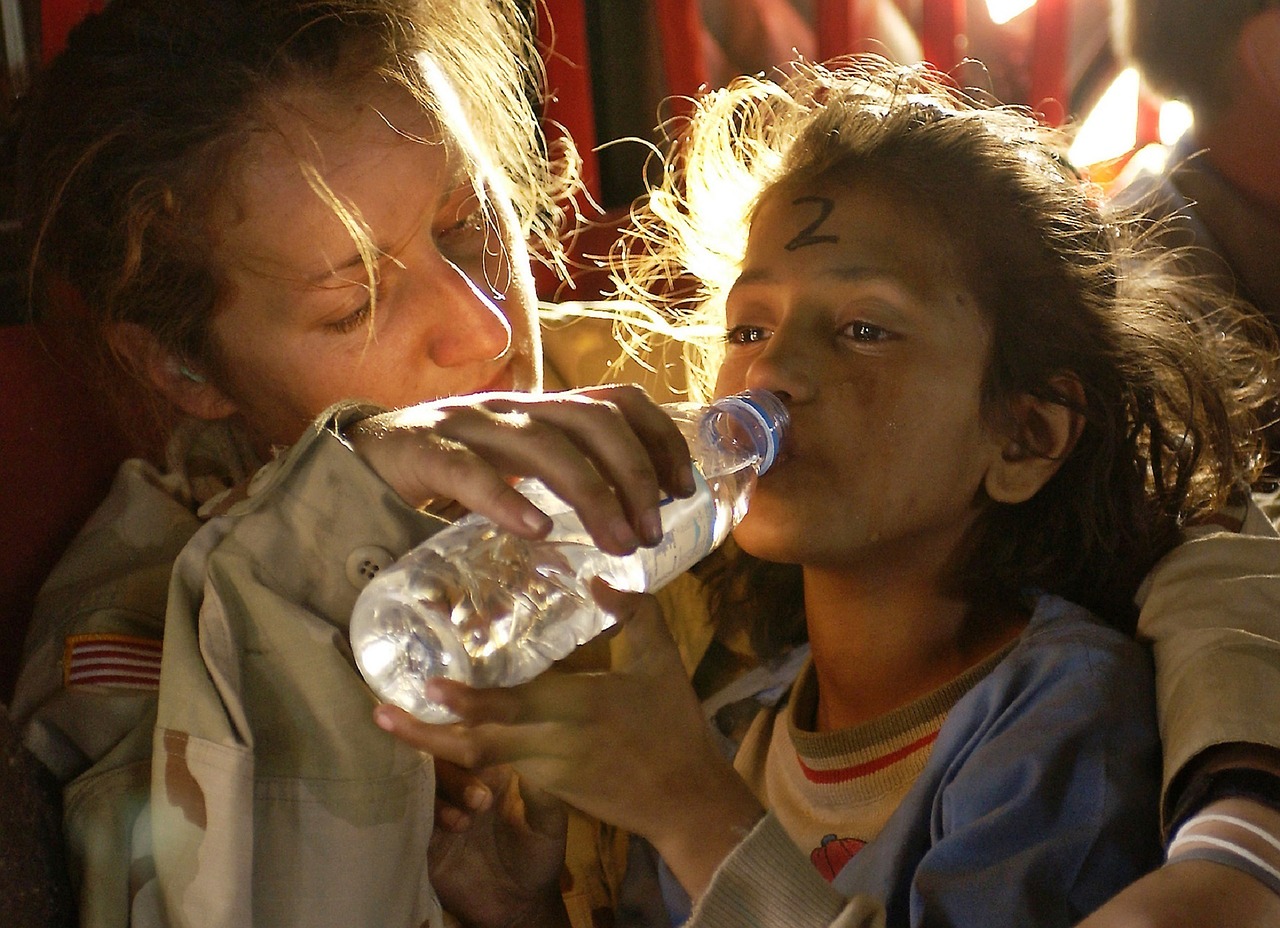Calais and Nauru. Two places in the world that could not be further from each other, both in distance and culture. However, there is one dark similarity that mirrors these two distinctly different regions; the astonishing human dumping ground that their governments have created within them. Dumping grounds we commonly refer to as refugee camps.
The international community was recently exposed to yet another incident of refugees being condemned to second-class citizenship. Australia infamously holds its asylum seekers in off shore detention camps in remote pacific islands such as Nauru and Manus. The Guardian’s expose of the detention camps in Nauru and Manus were as shocking as and perhaps even more distressing than the stories that descend from the Calais Jungle. Refugee maltreatment and dismissal is common amongst both these camps, but the one thing that strikes me is the blatant ignorance of abuse towards women and children.
The leaked files in Nauru contained 2,000 incidents, which included abuse, half of those relating to children. Viktoria Vibhakar, a former aid worker from Save the Children (also hailed as one of the first foreign aid workers to ‘expose’ the camp), reported to NPR that there was a serious problem of abuse that was prevalent at the camp. Viktoria stated that:
“One of the first things I got, which was the most striking, was a deed of confidentiality, which was a couple pages and it basically said, you cannot say anything about what goes on in this facility and if you do, you are liable for two years in jail for each disclosure.” (August 24 2016, NPR)
This statement certainly tells us that that figure of abuse, since the reopening of the centre in 2012, is possibly a lot higher than the 2,000 number that was reported. Australia is a state known for its strict immigration laws, but even for its lacklustre migrant record, this ignorance of abuse in these detention camps is surely outrageous.
Calais tells a different story. Among the confines in a somewhat peaceful limbo, a handful of women are dotted in between make shift homes, and bewildered mostly male refugee faces. Help Refugees reported in February 2016, that out of the total 5,000 refugees in the camp, only 200 of those were women and 651 of those children. The women are more than likely burdened with young children, and in constant desperation to keep them safe and warm.
The ratio of men and women is mainly due to the laborious passage of reaching Calais via the MENA region and Africa. Due to the wide disparity, women and children are mostly kept in a separate government-run camp (Jules Ferry), however many still remain in the Calais Jungle. Albeit the small numbers of women and children in Calais, incidences of abuse are still being recorded.
The UN recently held a summit on the 19th September, focusing heavily on the refugee crisis. Despite the vague conclusions and the usual insistence of another summit to propose future policies, the safety of women and children refugees was touched upon. The issues, which were discussed, included the controversial practice of detaining children for the purposes of determining their migration status used by some member states (UN New York Declaration). However, the lack of gendered support groups and the rise of child sexual abuse in these camps were not focused on enough to combat this rising problem.
The Women’s Refugee Commission Director, Sarah Costa, also recently reflected on this sentiment:
“Among migrants and refugees, the gender inequality that women and girls face in society follows them into displacement and exacerbates these challenges. For example, adolescent girls are often invisible—isolated in their homes or forced into early marriages. The humanitarian community hasn’t done enough to identify them, and doesn’t understand their specific needs” (Sarah Costa, Council on Foreign Relations interview. October 2016)
The abolishment of the Nauru camps alongside the now recognised focus of worldwide displacement of people will hopefully steer policies to focus on sanctions and stricter child and gender policies in future UN summits.
Whether it is Aylan Kurdi’s body, or Orman Daqneesh looking utterly disorientated whilst being pulled out of the rubble, powerful images of refugee children have silenced, and stunned the world. These are the most vulnerable in our society. Children. Refugee children. And yet, as we cry and tweet in frustration of their helplessness and vulnerability, we continue our daily lives and for a minute forget their urgency.
Refugee women and children have sentiment. They have talent and resilience. They have purpose and life. They have a fundamental right to live a life in utter stability. The true grit and astonishing inspiration as to the development of refugees, is portrayed no better than the refugee Olympic team at Rio this year. Yusra Mardini particularly captured the entire world’s hearts. A young woman who swam for 3 hours, carrying 20 people to safety, to then go on to win an Olympic gold medal. Yusra is a reminder that refugees are not dispensable and that we must stand by them.
I stand with refugees. Do you?














Leave a Comment
Your email address will not be published. Required fields are marked with *